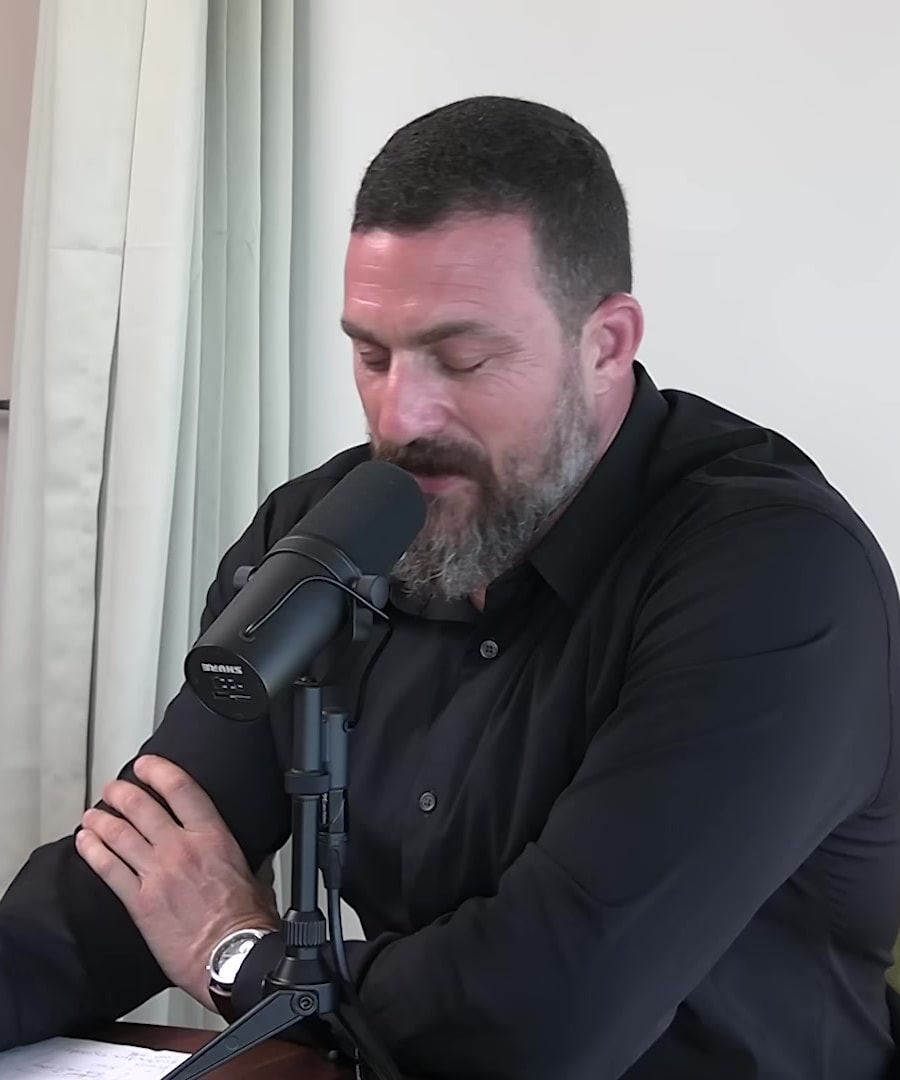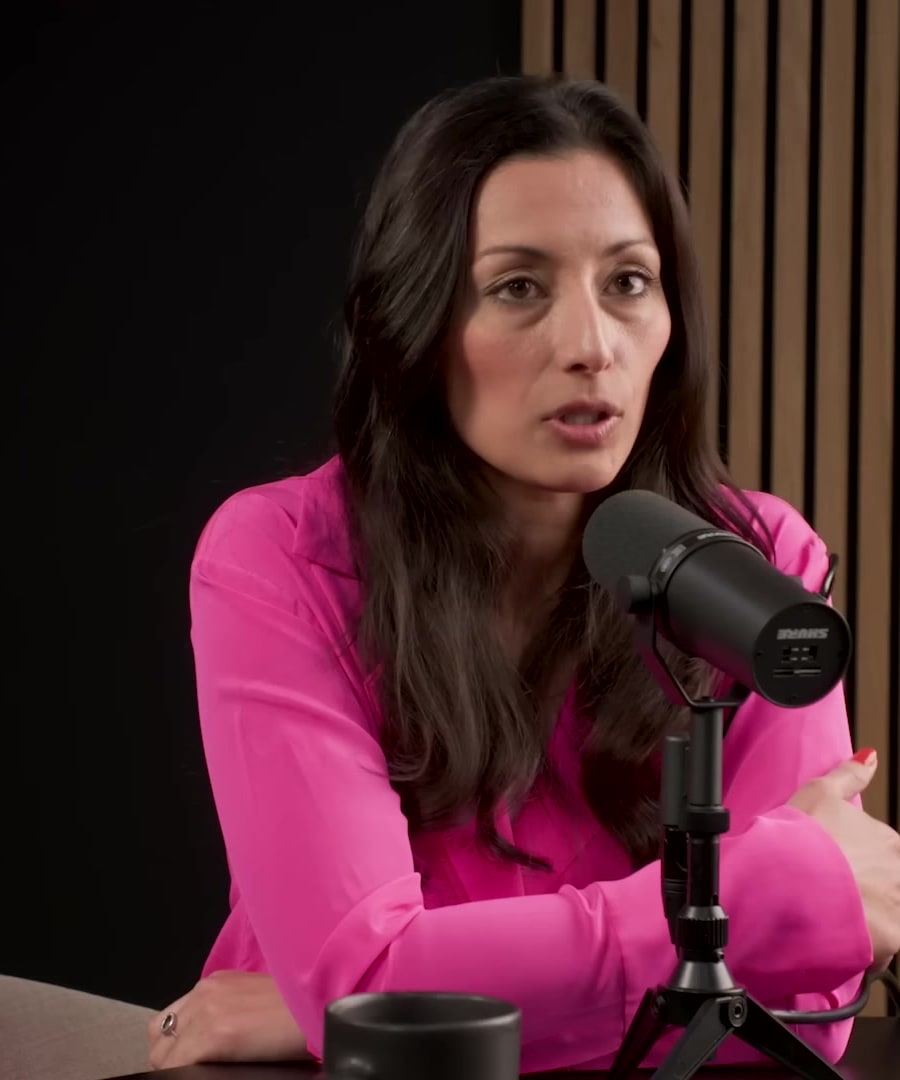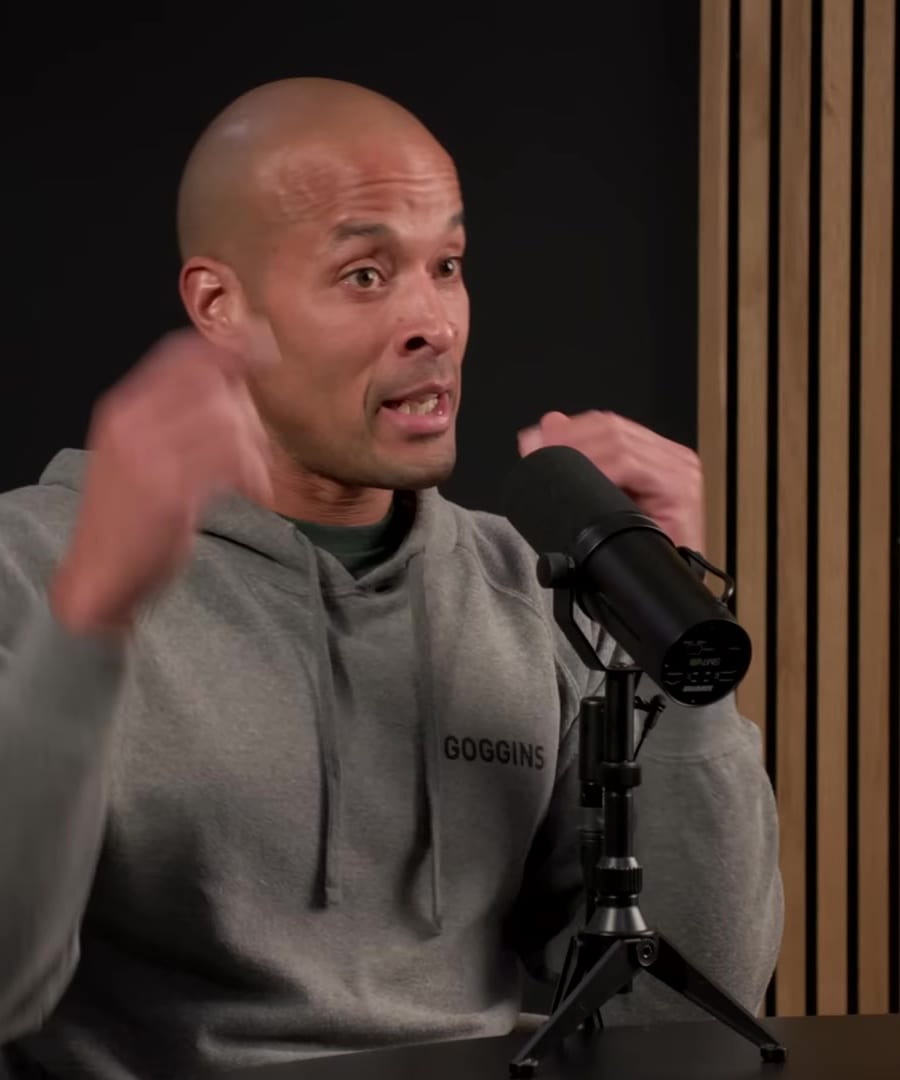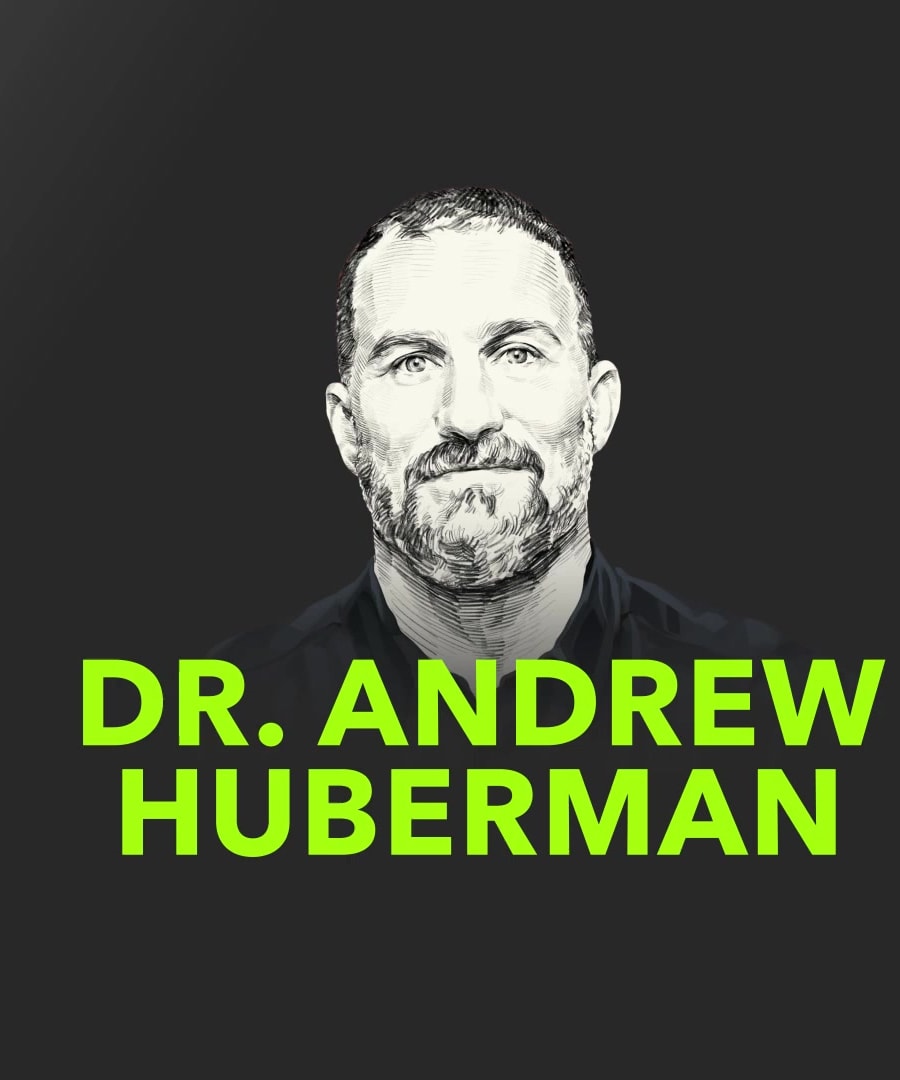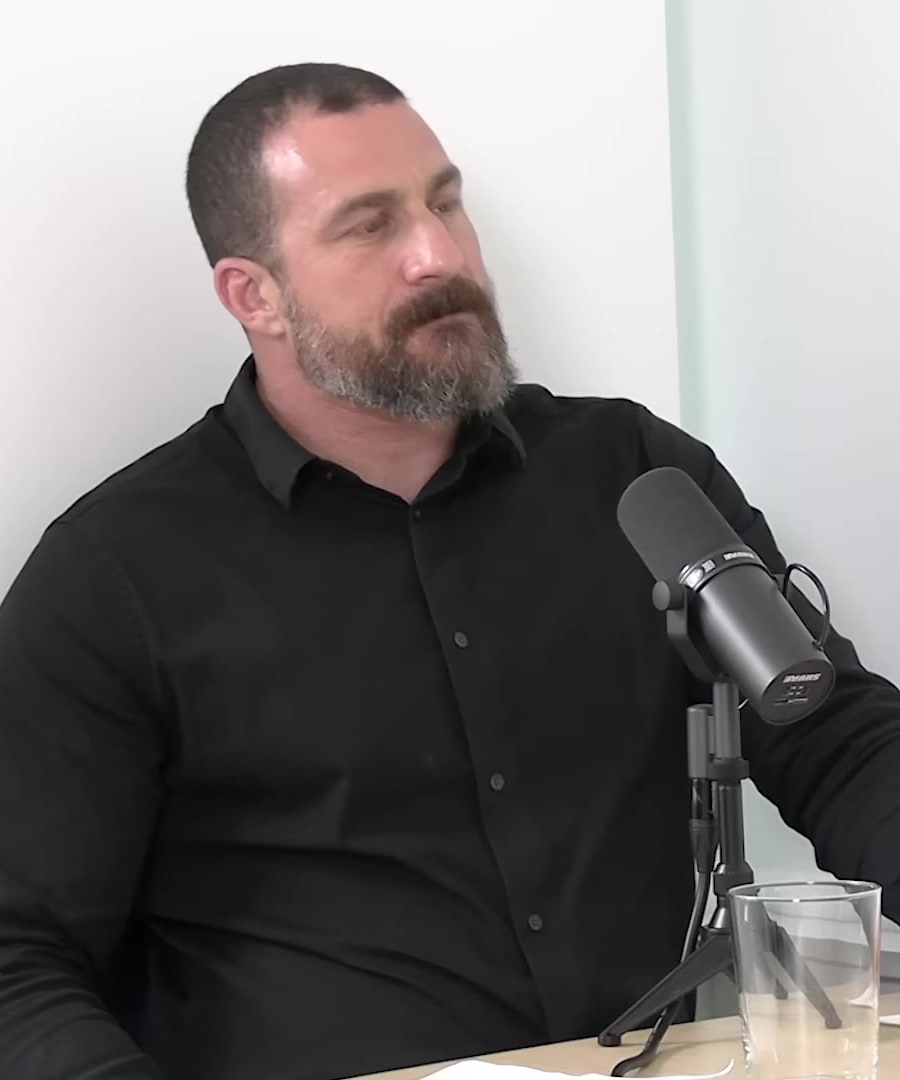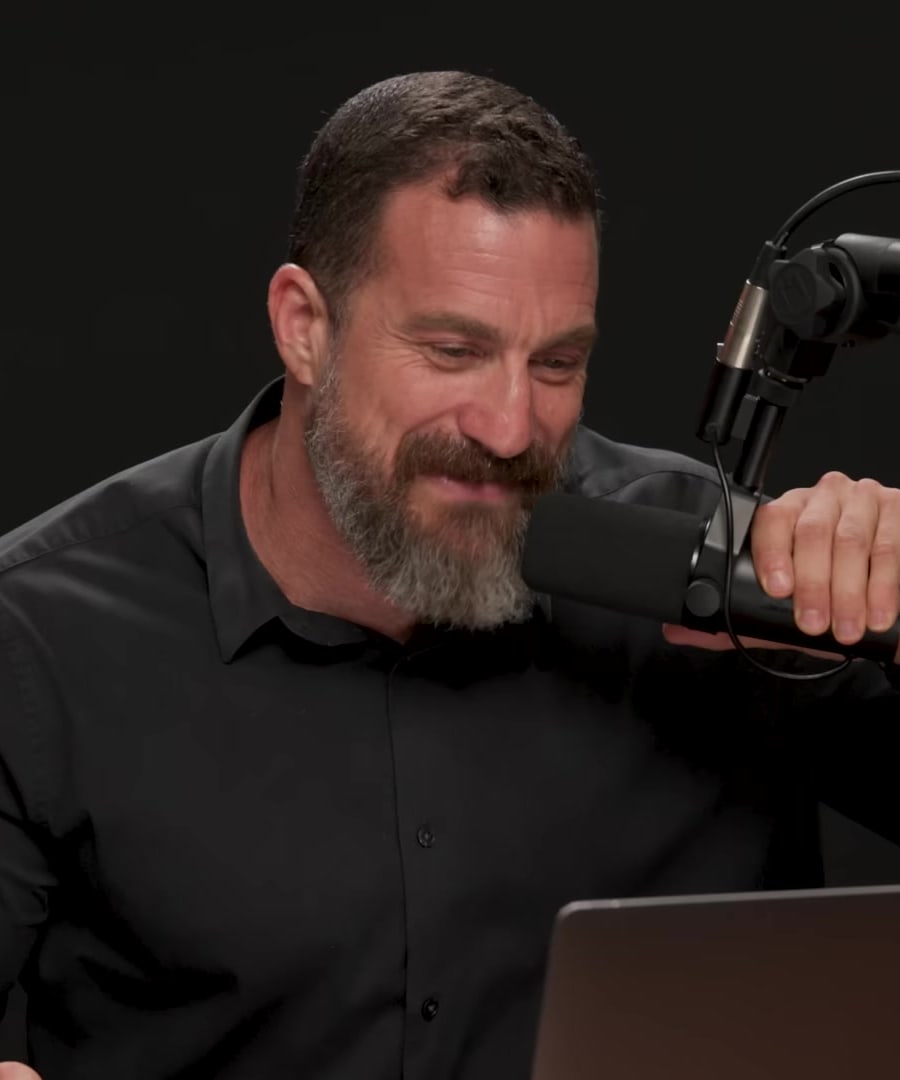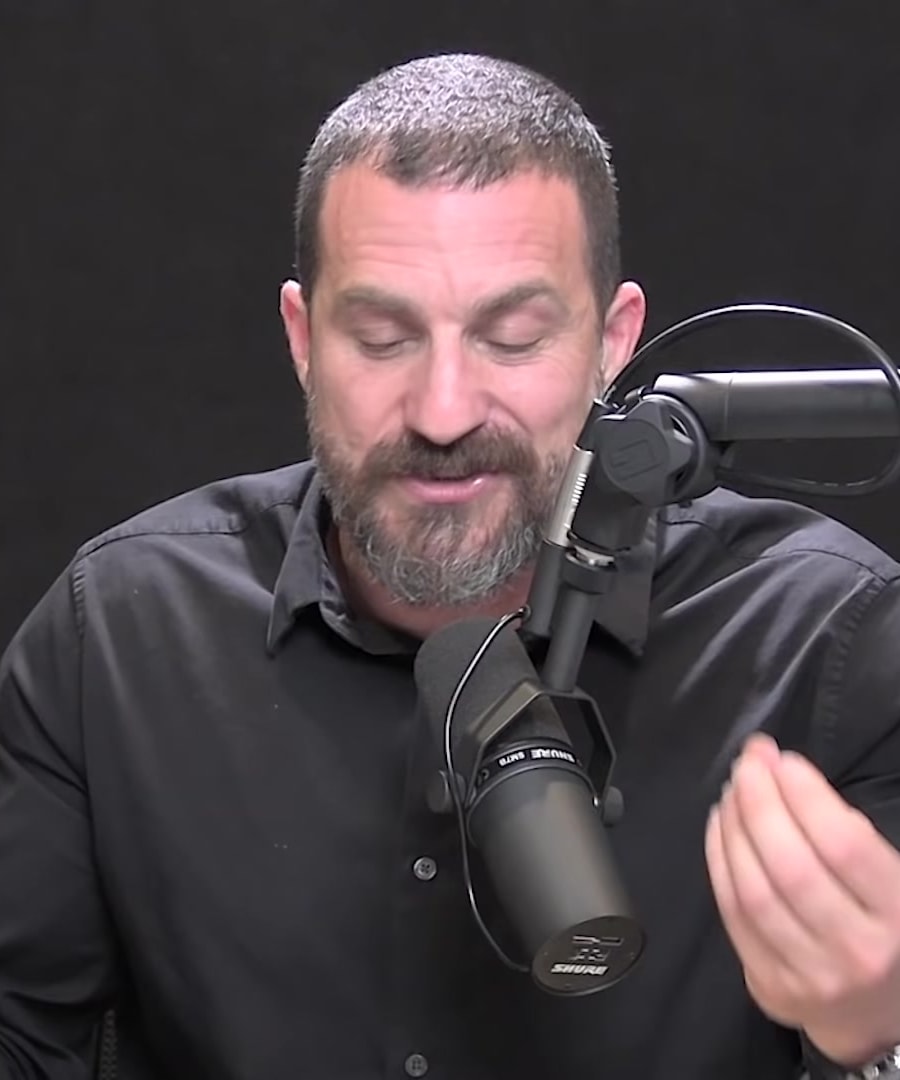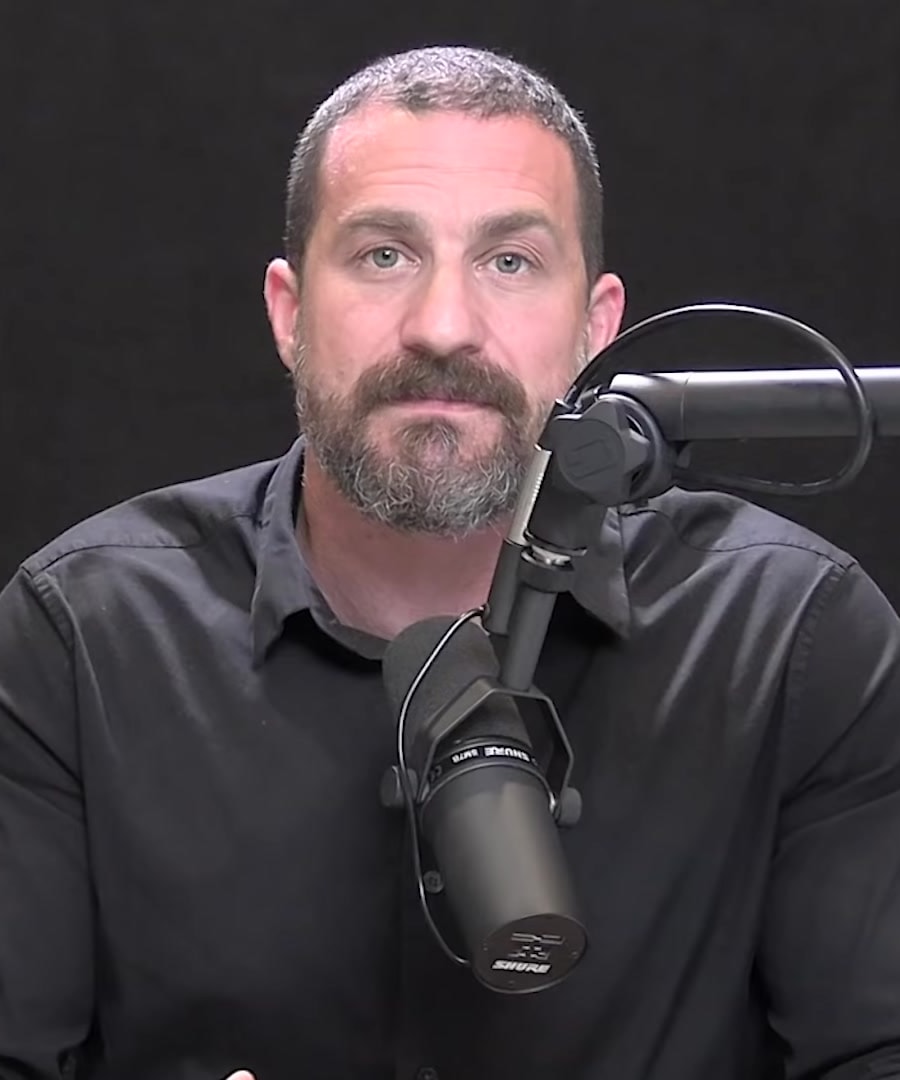advice for a16 year old boy
Sources:
For a 16-year-old boy, there are multiple perspectives and pieces of advice that can be applied from various discussions on the .
-
Find Your Passion: shared the idea that young people should find something they are passionate about and work harder at that than they have at anything in their lives. This level of dedication can bring immense personal rewards despite the challenges it may bring 1.
-
Physical Health: Cold exposure can be beneficial, but it comes with risks, especially for younger individuals, who are at greater risk of hypothermia. recalls an experience with a 16-year-old swimmer who got hypothermic during an ocean swim without a wetsuit. Starting with cold showers before moving on to full cold immersion is advisable, with close attention to safety 2.
-
Hard Work and Perseverance: The story of emphasizes the importance of staying hard and outworking oneself without looking for shortcuts. It's about embracing the unfun parts of life and persevering through them to unlock one's potential 3.
-
Financial Decisions: Learning from successful individuals like , who made smart financial choices early in their career, can be instructive. Being shrewd and prudent with money, even as a young famous athlete, can set a strong foundation for the future 4.
-
Educational Decisions: shares insights about overcoming difficult times such as being isolated or feeling alone, emphasizing seeking help and connecting with others, which can be particularly relevant in the potentially tumultuous teenage years 5.
-
Personal Growth: Discussing the challenge of finding one's path in life, advises engaging in a process like 'archaeology' to uncover one's passions and interests, which can lead to discovering one's life's task and bringing a sense of direction 6.
-
Bodyweight Training: For physical training, starting with bodyweight exercises around the age of 13 is recommended by physical therapist and strength specialist . It's important to encourage activity and movement beyond structured training to combat issues like obesity 7.
Each piece of advice draws from different experiences and fields of expertise, yet together they provide a multifaceted guide that can support a 16-year-old boy in personal development, health, education, and life decisions.
RELATED QUESTIONS-
how can I use more long form content ?
Sources:
To incorporate more long-form content effectively, here is an approach based on 's general perspective on disseminating information:
-
Focus on Depth: While Huberman Lab is introducing shorter episodes to capture the essence of important protocols and science, also emphasizes the importance of thoroughness in content. He points out that if content is too short, significant details may be lost. High-quality long-form content often contains nuances and complexities that provide a deeper understanding of a topic 1.
-
Segment Your Consumption: Break down the content into manageable parts if needed. This approach can make it easier to digest long-form content without becoming overwhelmed.
-
Consistency Over Time: Consistent engagement with long-form content over time can help in development and understanding. mentions that development is a continuous process, comparing it to how one should consume educational material. You can apply this analogy by regularly setting aside time to engage with long-form content, ensuring gradual and consistent learning 1.
-
Make It Digestible: As some people find podcasts to be long, 's strategy of producing more succinct content while retaining essential details could be applied personally. Consider summarizing key points or creating notes to reflect on longer pieces of content.
In summary, recognizing the value of depth and thoroughness in long-form content, pacing yourself by breaking down the consumption process, maintaining consistent habits, and making the material more digestible by taking notes or summaries, are all ways to effectively use long-form content for personal or educational purposes.
RELATED QUESTIONS-
what is the beat time for gratitude journaling
Sources:
The best time for gratitude journaling, according to , can be anytime. There are no specific circadian effects tied to gratitude practices, meaning there isn't an optimal time of day to do them. Whether it's before bedtime, during a lunch break, mid-morning, or first thing in the morning, the flexibility allows one to integrate gratitude practice into their daily routine at their convenience 1. The most important aspect is to maintain a regular practice, about three times a week, in order to reap its physiological benefits like reducing anxiety and increasing motivation 2. It is more crucial that the practice is grounded in a narrative with emotional weight, and that it is consistent 3.
RELATED QUESTIONShiw can i improve my handwriting
Sources:
The does not provide specific advice on improving handwriting. However, based on general principles rooted in neuroscience and motor learning, some strategies that could potentially improve handwriting include:
- Practice consistently: Like any skill, handwriting can improve with regular practice. Make time daily to write, focusing on the quality of your penmanship.
- Slow down: Writing more slowly can help improve control and legibility.
- Use the right tools: Find a pen or pencil that feels comfortable in your hand and is conducive to good writing.
- Focus on grip and posture: Proper grip on the writing instrument and a good writing posture can enhance control.
- Break down the components: Work on individual letters and shapes, ensuring each element is formed correctly.
For any skill acquisition, including handwriting, it's important to have focused practice and receive feedback. A more structured approach might involve lessons from a handwriting coach or occupational therapist, depending on the level of improvement sought.
RELATED QUESTIONSWhat are some practice tips for improving handwriting?
Sources:
Improving handwriting can be likened to improving any other motor skill, and while the doesn't address handwriting explicitly, you can apply similar principles of practice to enhance your penmanship. Here are some general practice tips based on motor learning and skill acquisition:
-
Consistent Practice: Set aside time each day to focus solely on handwriting. Repetition is key for developing muscle memory and refining motor skills.
-
Slow and Conscious Writing: Start by writing very slowly and with intention. This mindfulness will help you control the shapes and sizes of letters.
-
Focus on Form: Pay attention to the proper formation of each letter. Use practice sheets if necessary to guide you through uniform letter size and shape.
-
Use Comfortable Tools: Ensure the pen or pencil you use feels comfortable in your hand and promotes good writing form.
-
Evaluate and Adjust: Regularly review what you've written to assess clarity and form. Make adjustments as needed.
-
Stay Relaxed: A relaxed grip reduces muscle fatigue and can prevent your handwriting from deteriorating during longer writing sessions.
Applying a structured approach to practice, such as the principles outlined above, can improve any skill, including handwriting. Remember that improvement may take time and persistence.
RELATED QUESTIONS-
advice for a16 year old boy
- RELATED QUESTIONS
how can I use more long form content ?
- RELATED QUESTIONS
what is the beat time for gratitude journaling
- RELATED QUESTIONS
hiw can i improve my handwriting
- RELATED QUESTIONS
What are some practice tips for improving handwriting?
- RELATED QUESTIONS
